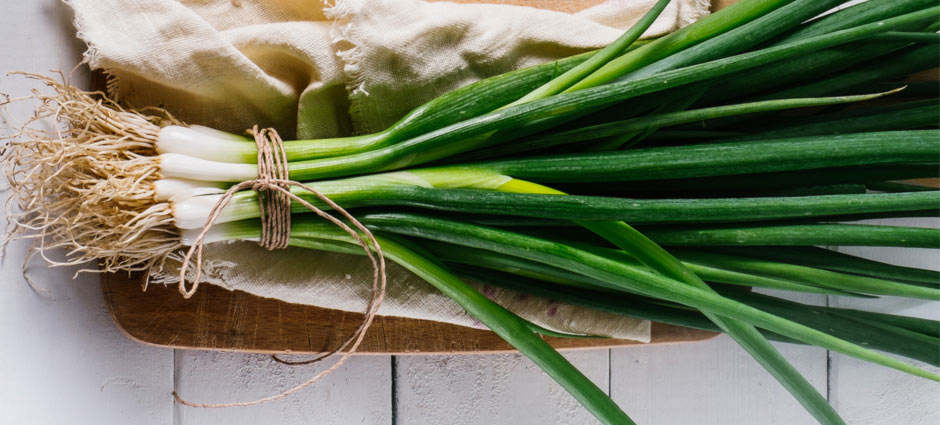The produce department can seem like a cold and lonely place in winter. But members of the Allium genus are a bright light, thanks to their all-season availability and outstanding storage ability. These versatile and nutritious bulbs add indispensable flavor to a variety of warming dishes.
Types of Alliums
The two best-known alliums are onions and garlic, but there are others that bring slightly different flavors to dishes.
- Shallots: The small white and purple bulbs have a flavor that’s somewhere between onion and garlic. If you don’t have one on hand, chop an onion and add a crushed garlic clove to your recipe.
- Leeks: Use only the white and pale-green parts of these tall, semisweet vegetables. Leeks have many layers that can trap dirt, so cut them open and wash well before using.
- Green onions: Also called scallions, spring onions or salad onions, these baby bulbs have a milder taste that makes them good for eating raw.
- Chives: Typically sold with fresh herbs, chives add mild onion flavor and color to dishes.
An Onion a Day…
The sulfur compounds that give alliums their distinctive flavor also make them a powerful ally in the fight against preventing cancer, cardiovascular disease and other health problems. Alliums contain additional nutrients, too. Onions are rich in vitamin C and fiber. Leeks are high in vitamins K and A. Garlic contains a decent dose of manganese and vitamin B6.
On-Trend Preparations
Sautéing alliums releases their flavor and aroma. For something different, try one of these preparation methods.
- Caramelize yellow or red onions by cooking them in olive oil over low to medium heat, stirring frequently. Use them as a topping for bruschetta and pizza, or mix them in yogurt-based dips.
- Crisp up shallots by frying them in oil. Toss them on top of mashed potatoes, Asian noodle dishes or (of course) green bean casserole.
- Roast garlic in a hot oven until soft. Squeeze the pulp into mashed potatoes, savory scones or muffins—or simply spread it over bread.

